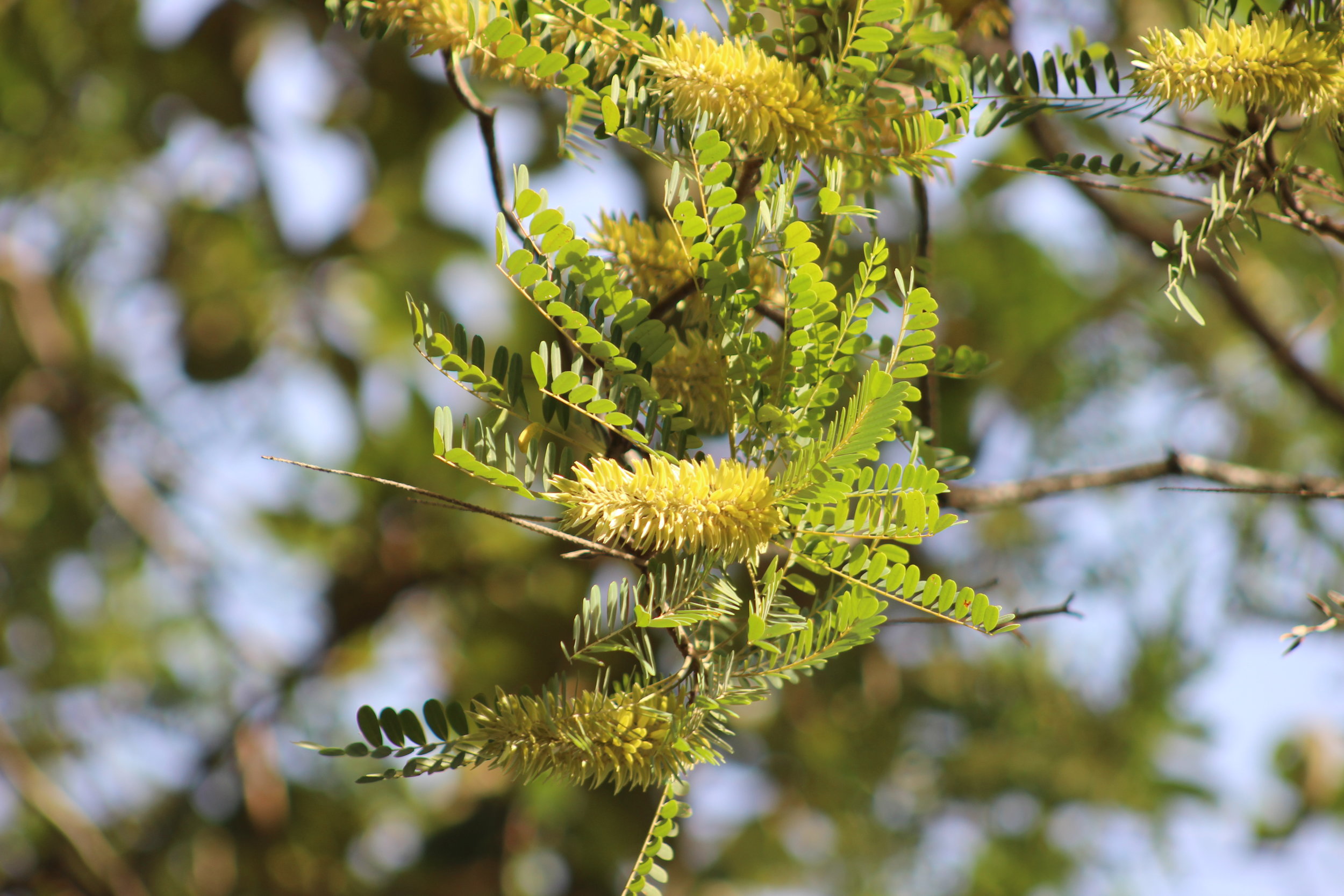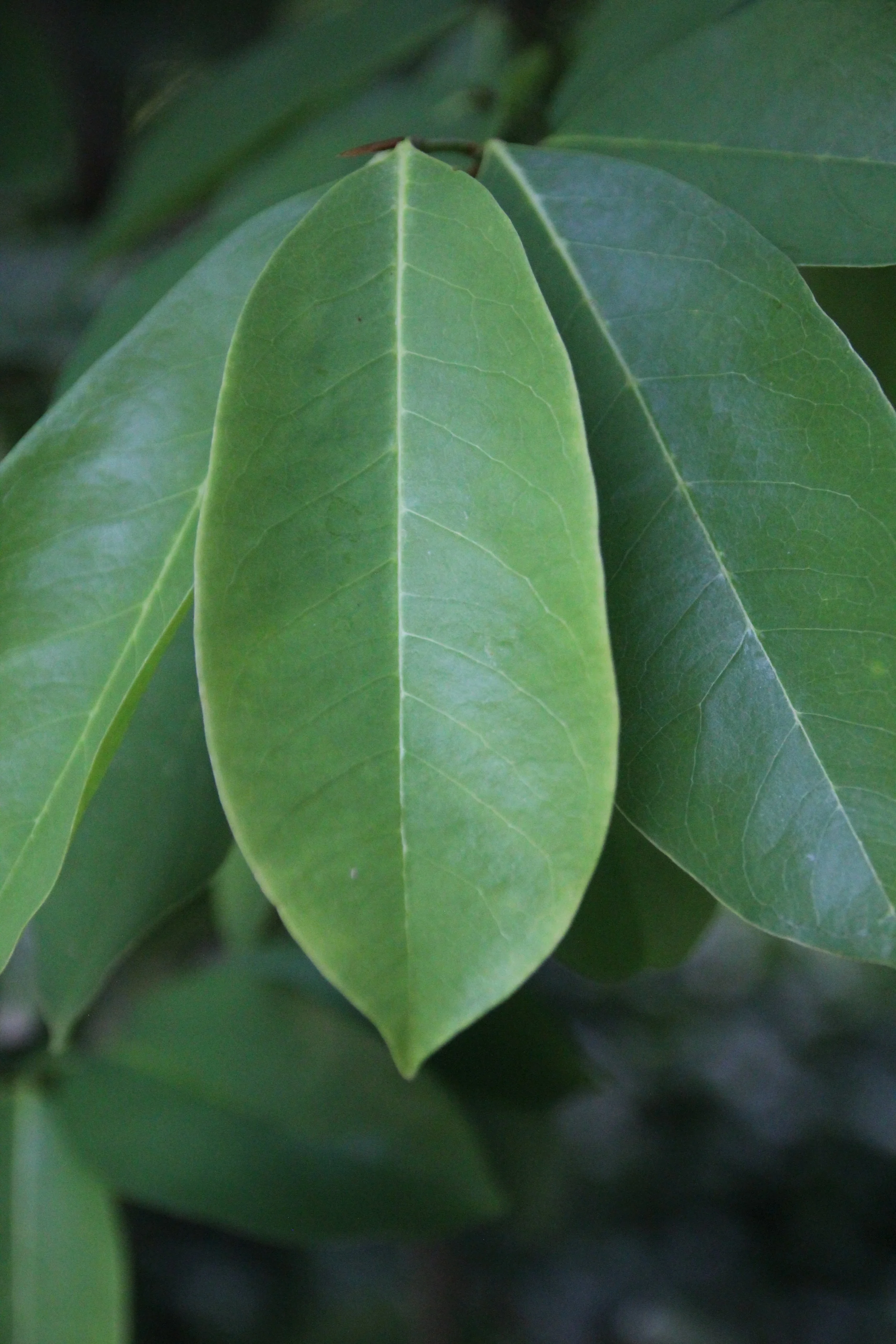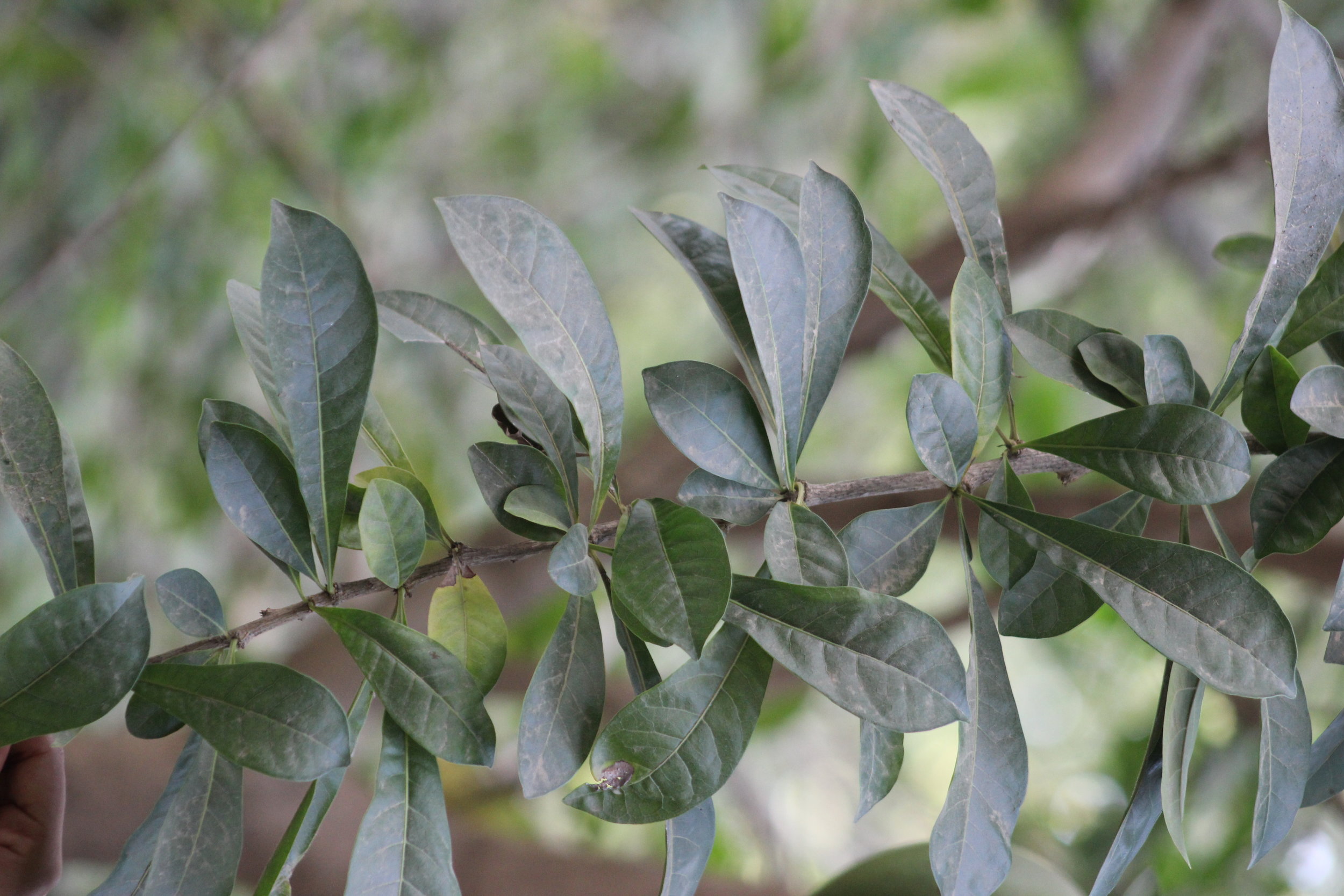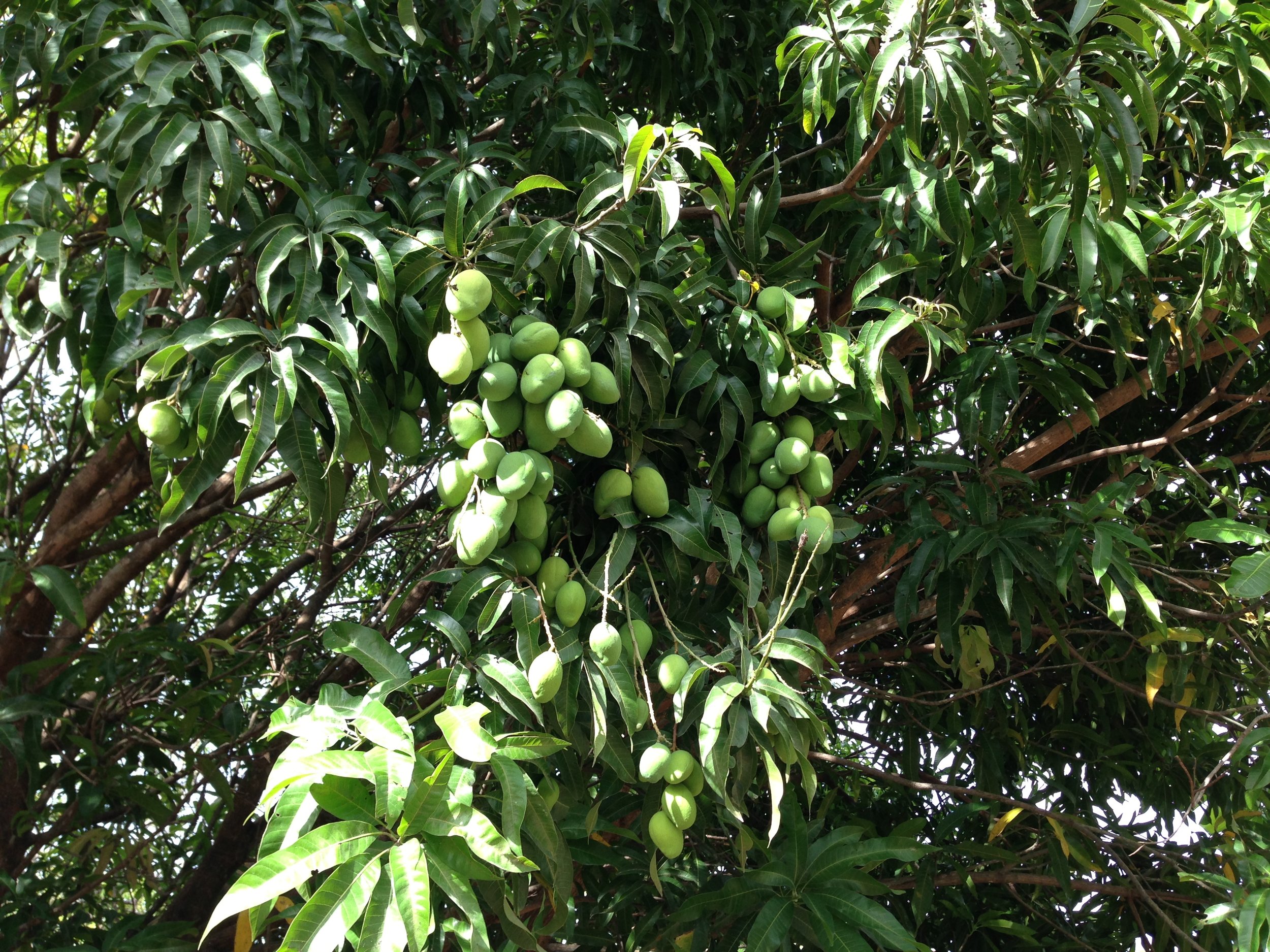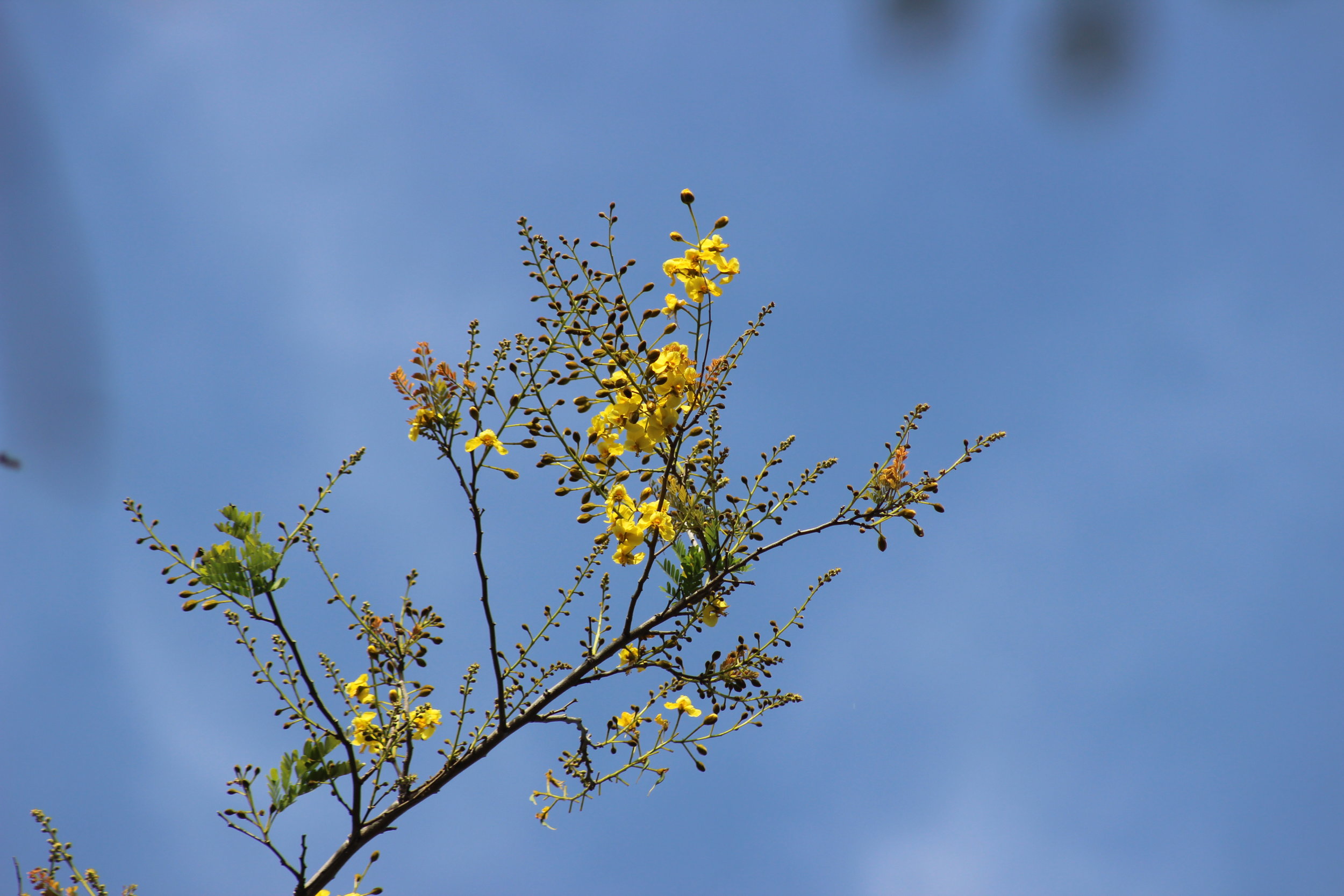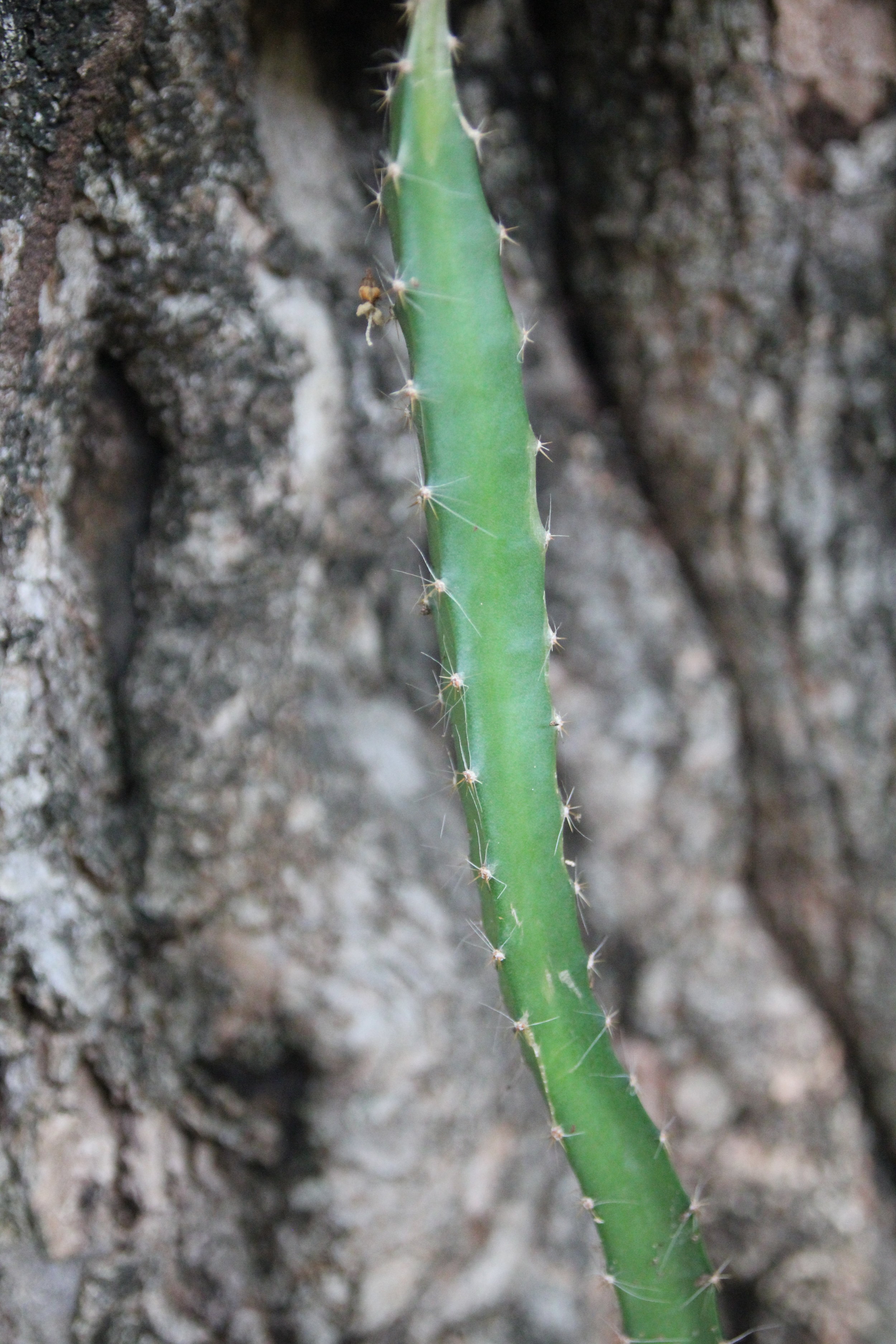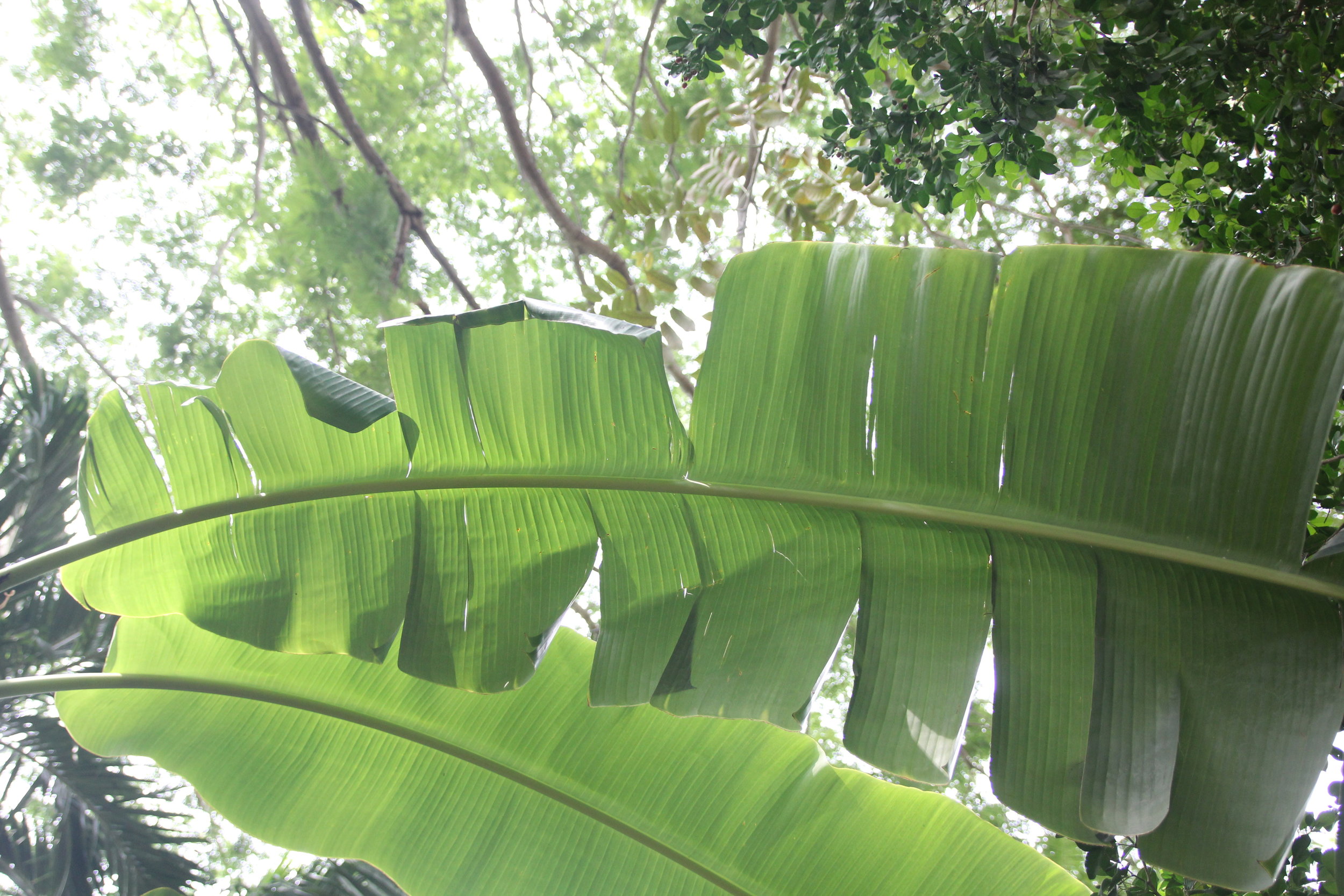Distribution: It is believed that it is originally from Ethiopia, but is now a commercial plant widely distributed in Africa, Latin America, Southeast Asia and China, as well as in some Caribbean islands.
Natural history: There are about 30 species of coffee and these plants grow in many different climates, however, thanks to experimenting with crop worldwide and for over 100 years, its cultivation has been specialized. Focus for cultivation is on the best variety for its flavor, its production (Coffea arabica) and location, being located in the best farmlands (high, tropical and rich volcanic soil areas).
Uses: Undoubtedly one of the most important plants for the history of Costa Rica. Before its cultivation, the country had a subsistence agricultural model. During the late eighteenth century the country begun to grow coffee and the government saw, in the exportation of this crop, hope for development of the economy after independence from Spain. This lead the government to implement all kinds of incentives for its production.
That is how the economic, social, political and cultural development of Costa Rica, as an independent state, grew based on the commercial cultivation of coffee. With the first crop exports to Europe the infrastructure to transport crops started to develop with the construction of roads, bridges and ports and the importation of all kinds of European products also started. Currently the economy, production and exports of Costa Rica have diversified a lot and coffee production does not have the same importance as it had in the past. However, the cultivation of coffee, leading it away from extinction, has been specialized and perfected; Costa Rica has produced of one of the three best coffees in the world.
Coffee has diuretic and stimulant properties. Caffeine is a stimulant of the central nervous system on a neuromuscular and physical level; it increases gastric motility and intestinal peristalsis. Suitable for psychophysical asthenia, hypotension, bradycardia, biliary dyskinesia, constipation, bronchitis, opiate poisoning, cardiorespiratory problems and localized fat (cellulite). Excessive doses can cause palpitations, headache, irregular sleep and heart imbalances. It is now widely used in cosmetics for skin exfoliation. The flowers are white, small and scented; the extraction of the flowers essence is used for perfumes. Nowadays green dried ground coffee is consumed as a healthy fiber as it has weight loss and general health properties.







